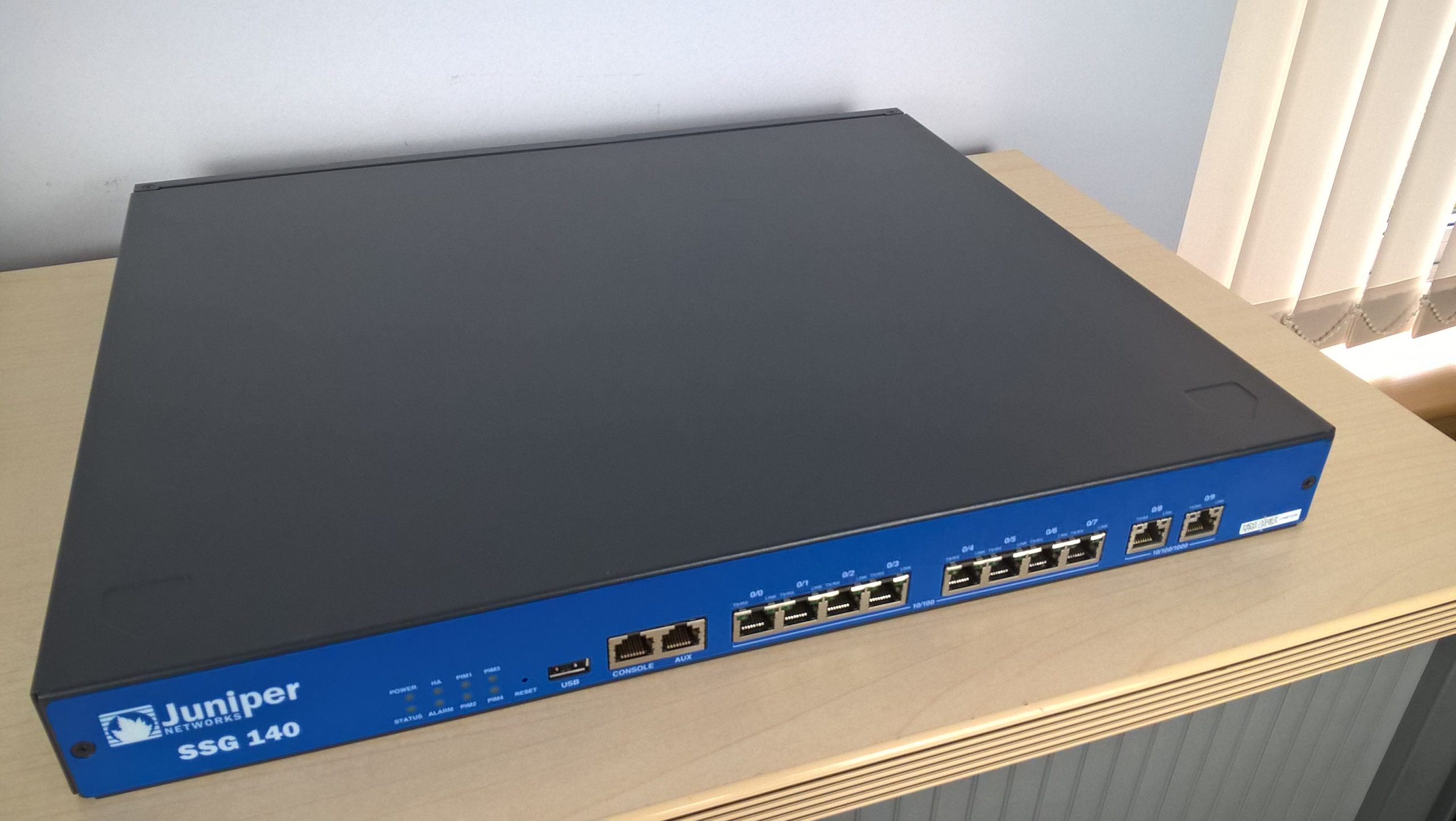A Bizarre Intersection of Technology and Intimacy: The Malware-Infested Sex Toy
In an unexpected twist that merges the realms of adult products and cyber security, a report has surfaced about a sex toy infected with malware. Yes, you read that correctly! This revelation is more than just a head-turner; it raises questions about the safety and privacy of smart devices that are becoming increasingly prevalent in personal life.
Upon stumbling across this bizarre news, I found myself doing a double take. While it may not be entirely safe for work, it’s certainly a noteworthy conversation starter! The idea that a seemingly innocuous item designed for pleasure could harbor harmful digital elements is both shocking and thought-provoking.
Curious minds have shared illustrations of this peculiar situation, showcasing the blend of technology with intimacy. The potential risks associated with smart devices are becoming more apparent, and this incident is a prime example of the hidden dangers lurking within gadgets we often overlook.
You can find a more detailed account, including several eye-opening screenshots, in the original blog post here.
It’s a reminder for all of us to be alert about the devices we invite into our lives, especially those that connect to the internet. Stay informed and enjoy the read!
Share this content:




Important Considerations Regarding IoT and Security
Thank you for sharing this intriguing and concerning news. The incident highlights the importance of securing Internet of Things (IoT) devices, including smart personal gadgets. While the details of malware impacting such devices are still emerging, here are some general recommendations to enhance your safety:
While malware infecting personal devices like smart toys is rare, it underscores the need for vigilance across all connected gadgets. If you suspect your device has been compromised,